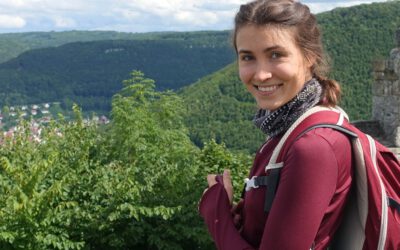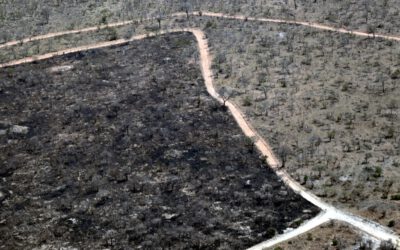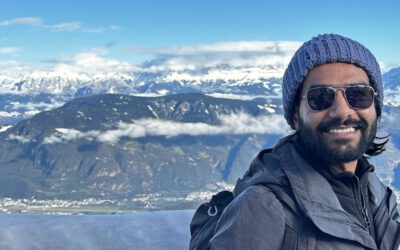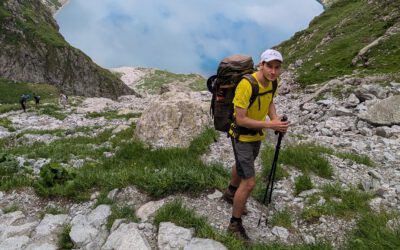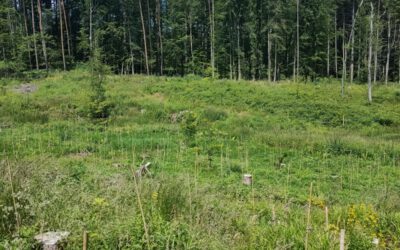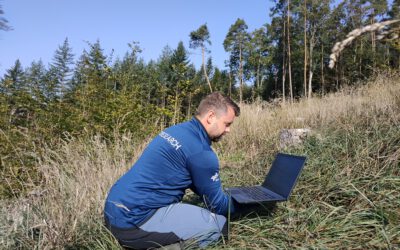The urban morphology is a defining core physical feature of a city. Although it has been suggested by recent studies that the urban morphology is impacting many of the cities’ social and environmental urban phenomena, the understanding of this complex impact is still largely underdeveloped. Developing innovative concepts to monitor, describe and explain the diversity and the complexity of urban morphology at different scales is essential to extend the understanding of such impacts. In this regard, the recent development of open large global scale datasets derived from Earth Observation data, such as urban landcover classification or building footprints geodata offer new grounds for innovative cross-cultural analysis of the urban morphology.
The project will explore methods and concepts to analyze the urban morphology of large amounts of cities around the globe, specifically across different cultural zones. In particular, the project focuses on developing new comprehensive knowledge on the urban morphology accounting for the large diversity of cities existing in the world and the richness of the urban process that shaped them in their current morphologies. Lecturing within the EAGLE master course on the theme of urban morphology at master level will be expected.
Requirements:
We are seeking a highly motivated candidate holding a M.Sc. degree with expertise in remote sensing and spatial data, and urban morphology analysis. A good knowledge in remote sensing software, geographic information systems (GIS) and programming (e. g., Python, R) is required. A strong knowledge in urban planning history is required. The ability to work independently as well as within an interdisciplinary team of collaborators is essential.
Further, proficiency in the English language, and the capability to write research reports and peer-reviewed publications are required.
Working environment:
We offer a stimulating research environment within an interdisciplinary, dynamic research team at the Earth Observation Research hub of the Institute of Geography and Geology at the University of Würzburg in close collaboration with the German Remote Sensing Data Center of DLR.
Applicants are invited to submit their applications via email including a cover letter, CV and all necessary certificates to eo-contact@uni-wuerzburg.de with the ID “urban morphology” before 17.04.2023. The position is to be filled by 01.11.2023 and offered for a fixed term of 2 years with salary according to TV_L (65%).
The University of Würzburg is an equal opportunity employer, determined to increase the proportion of women in successful scientific careers, and particularly encourages them to apply. Preference will be given to disabled applicants with the same qualifications. Inquiries or questions should be directed to:
Contact: Earth Observation Research Hub, Prof. Dr. Hannes Taubenböck eo-contact@uni-wuerzburg.de www.earth-observation.org



